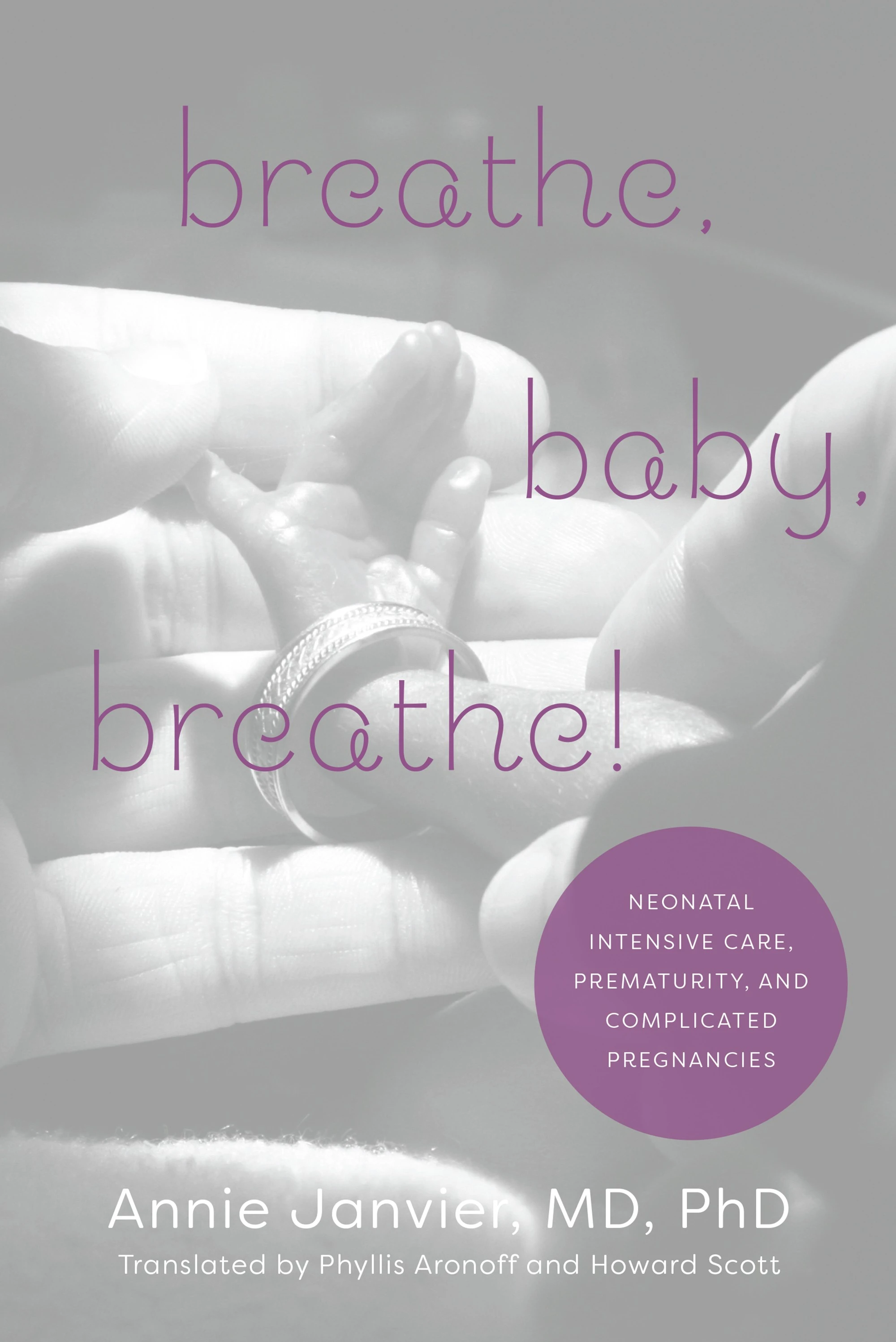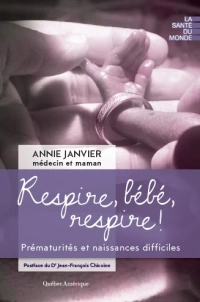One of the recurring themes in this blog is that good, large enough, prospective RCTs do not necessarily reproduce the results of prior smaller trials, and often do not reproduce the findings of observational studies. Specifically, I have mentioned previously that observational studies suggesting that slow feeding advancement leads to less Enterocolitis in extremely preterm babies (NEC) than faster advancement have never been confirmed by prospective trials.
There were several trials of feeding advancement, of variable quality and relatively small sample sizes, before 2016, which showed no overall adverse impact of advancing feeds more quickly, but with sufficient uncertainty that a large simple pragmatic trial was warranted to address the question. The short term results of the SIFT trial have been presented and incorporated into the Cochrane review Oddie SJ, et al. Slow advancement of enteral feed volumes to prevent necrotising enterocolitis in very low birth weight infants. Cochrane database of systematic reviews (Online). 2017;8:CD001241.
Those results showed no benefit of advancing feeds more slowly (18 mL/kg/day) compared to more quickly (30 mL/kg/day) among nearly 3000 infants of less than 32 weeks, or less than 1500g birth weight. The findings incorporated into the Cochrane review include secondary outcome data on NEC and infections.
The primary outcome of the SIFT trial was survival without neurodevelopmental disability to 24 months corrected age. In the latest FPNEJM the primary and the secondary short term outcomes are now presented in full. Dorling J, et al. Controlled Trial of Two Incremental Milk-Feeding Rates in Preterm Infants. New Engl J Med 2019;381(15):1434-43. 2800 infants were randomized when receiving less than 30 mL/kg/day and the intervention started when ‘the clinicians were ready to start increasing feeds’ which occurred at a median of 4 days of age. The more rapid increase group reached ‘full feeds’ which was defined as 3 days of receiving at least 145 mL/kg/d, after a median of 7 days, compared to 10 days in the slower group. I don’t understand this entirely; if the baby was on 10 mL/kg/d and tolerated all the feed increments, it would take 5 days to get to at least 145 mL/kg/d and then another 3 days would be needed before satisfying full feeds criteria, which takes us to 8 days minimum. Anyhow, this is a minor quibble, on average the babies in the slow advancement group had 2 days longer with intravenous nutrition. I can’t see in the publication any definition of feeding intolerance, or if there were any attempted standardization of feeding approaches to decide whether to continue advancing feeds.I beleieve the investigators decided to leave most details of feeding approaches untouched, only mandating the attempted feeding volume changes, and counting on a very large sample size even out everything else.
NEC was very slightly less frequent with faster feeds (5% vs 5.8%, RR=0.90, compatability intervals 0.66, 1.24) and late onset sepsis or clinical sepsis were very slightly less frequent also (30 vs 31%, RR=0.96, compatability intervals 0.85 to 1.08).
The differences between groups in the primary outcome also were tiny, survival was 95% in each group and so-called disability was 31% fast, vs 28% slow. Survival without ‘disability’ was 66% for the fast feeders and 68% for the slow. I won’t go into the details of how the outcome assessments were performed, most were by parent report, others by direct observation and evaluation.
In subgroup analyses published in the on-line supplement, there is no clear evidence of a difference in NEC or of nosocomial infections by gestational age subgroup. Infants with reversed or absent end-diastolic flow on antenatal doppler ultrasound of the umbilical artery also had no clear difference (although in this subgroup faster feeding advancement had rather less NEC, 3.8 vs 7.1%, this may have been due to chance effects in this subgroup (435 babies) and the interaction term was compatible with a chance effect).
In the Cochrane review mentioned above data on ‘invasive infections’ are presented, which refers to culture-positive infections. The number of infants with at least one invasive infection was 247/1389 vs 267/1397 in the SIFT data included in that review (I can’t find those data in the new publication) that gives a relative risk, favoring faster feeds, of 1.07 (compatibility limits 0.92, 1.96) when the data from the other 600 babies included in all the other trials is added, the RR is 1.15 (95% limits 1.00, 1.32). Similarly the data from all trials in the meta-analysis, including SIFT data, show a slightly higher rate of NEC with slow feeding RR=1.07, 95% compatability intervals 0.83, 1.39).
SIFT is consistent with the previous trials, but gives enormously more precision to the estimates, it shows that feeding faster, up to a goal of 30 mL/kg/ has no adverse impact overall, or in any subgroup, compared to feeding slower (goal of 18 mL/kg/d). Even though the babies had a median of 2 days less of parenteral nutrition that did not lead to a clear reduction in proven and suspected infections, there seems to be a small reduction if all the available RCT data are analyzed.
Of note, the late-onset sepsis rates appear to be extremely high; 540 of the 889 babies under 28 weeks had a suspected or proven infection, or 61%. But of course that includes ‘suspected infection’ which basically means anyone with any sort of clinical deterioration that is treated with antibiotics for more than 48 hours. If I compare the total numbers of proven and suspected infections in the final publication (848) to the culture positive infections in the Cochrane review (514), then about 60% of their LOS is culture positive. If the same proportions hold in smaller gestation age groups, then about 36% of babies under 28 weeks had a culture positive sepsis. That approaches the kind of incidence of culture positive infections in other multicenter databases, but remains somewhat high. In the 2017 CNN report, for example, adding together the <25 weeks and the 25 and 26 week gestation babies ((i.e. the higher risk infants, excluding those at 27 completed weeks) the proportion with at least one infection, culture positive, is 28%.
The trial was powered to have a reasonable chance of showing a difference in sepsis, based on the assumption that 1000 fewer catheter-person days per 250 infants would lead to fewer infections. In fact there were about 500 fewer parenteral nutrition days (I can’t find the data for catheter-person days) per 250 enrolled infants, or about 5000 fewer days overall, which didn’t seem to have any measurable effect on infections. Even when looking at culture positive infections alone, there was really nothing there. There are a number of potential explanations for this. As I have mentioned before, the emphasis on catheter linked sepsis is excessive in the preterm infant. Many LOS are caused by enteric gram negative pathogens, and reducing CLABSI doesn’t necessarily lead to a reduction in overall sepsis, by a logical extension, reducing catheter duration may reduce CLABSI but without reducing overall infection rates. On the other hand the CLABSI rate per 1000 patients days is lower in the first week of catheter use compared to later, and the median 2 days of increased duration of parenteral nutrition may not have exposed the babies to much difference in risk. Sanderson E, et al. Dwell time and risk of central-line-associated bloodstream infection in neonates. J Hosp Infect. 2017;97(3):267-74.
What next? I think that a trial comparing the fast feeding approach in this study could be compared with an earlier start of advancement at a slightly greater rate. The comparison approach could be to enrol babies on day 1, start feeds immediately at 2 mL/kg q2h, and start advancement immediately at say 40 mL/kg/d. In my practice we now usually start feed advancement before 4 days of age, and, if the infant is not in shock, advancement starting day 1 would be just fine by me. We would have to use temporarily a bit more donor breast milk (PDHM), which could be a downside to advancing sooner. An earlier start to advancement might lead to a greater difference in catheter and parenteral nutrition duration, and, potentially, a subsequent impact on sepsis. Perhaps we might find less CLABSI, but no less systemic infection.
So far there is no good quality prospective controlled data that any approach to starting or advancing feeds has any impact on NEC.
The evidence-based strategies to reduce NEC are to promote and support MOM (mother’s own milk), have PDHM available when MOM is insufficient, to have a standardized feeding protocol, and to use a probiotic preparation with good quality control, which contains bifidobacteria and probably a lactobacillus or a streptococcus.









Here’s some work from our group, done by Dr. Ariel Salas recently and others in the past, that suggest an early aggressive approach to increasing feeds is better (reduces duration of TPN and may reduce CLABSI etc without changing NEC). Most of our ELBW infants are on full feeds quickly (median age to full feeds is day 11)
1) https://www.ncbi.nlm.nih.gov/pubmed/29529231
2) https://www.ncbi.nlm.nih.gov/pubmed/28704816
3) https://www.ncbi.nlm.nih.gov/pubmed/10064664
Thanks, the work from your group has been really important in helping us to rewrite our feeding protocols; we can certainly see a link in our NICU between feeding faster, getting central lines and TPN finished faster, and less sepsis. I think the difference in actual duration of central line use was too small in this study to show a difference in sepsis, and I wonder why there wasn’t a larger difference. It may be that lesser increases than actually planned were more common in the higher volume advance group, which would be human nature I guess, and is unavoidable I think in an unblinded study (which would be impossible to blind!) The more comfortable we get with the idea of feeding these babies quickly, the more quickly we will ba able to go, and the risks of central lines should be further reduced.
It’s clear that we do not understand the link, if any, between feeding and NEC. I believe the data regarding the difference between human milk and formula feeding is reasonably sound, but after that, we don’t know anything. I suspect there are other unstudied factors (e.g, changes in the unit microbiome) that are more relevant to NEC than 18 vs 30 mL/kg/d advance. Many NEC cases in our smallest babies occur later when they have finished advance and are on ‘full feeds’.
I would not be surprised if you are right about the ‘NICU microbiome’. Two units with similar practices can have different NEC incidence, and maybe they are colonized by different pathogens than low incidence NICUs. It would be very interesting to do bacterial DNA analysis of the hands of the staff, the surfaces of the rooms, the ventilator circuits etc in an NICU to get a complete picture of the bacterial environment that the babies are exposed to, probably intestinal microbiome development in the preterms will have some link with what is around them. I guess you would need to look at the ‘delivery room microbiome’ as well!